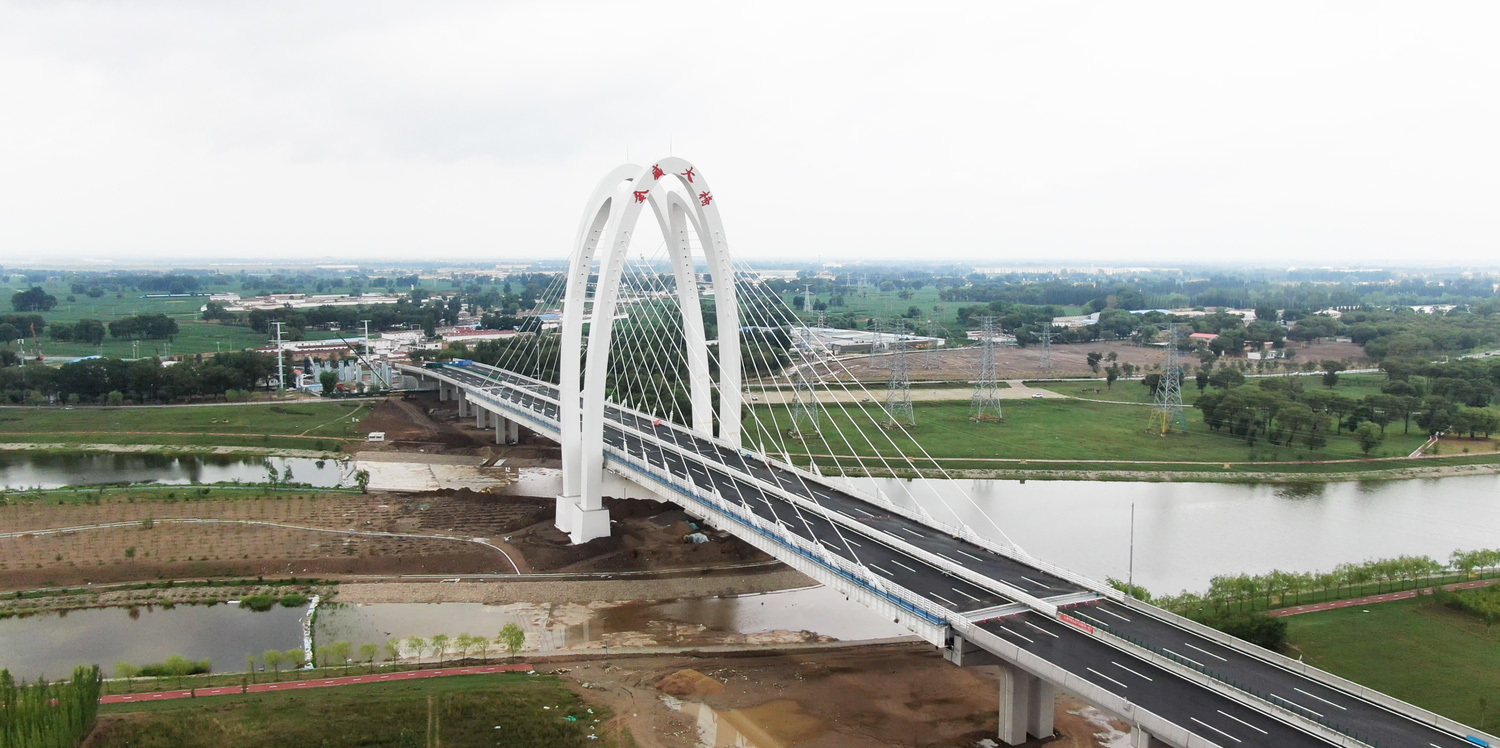Future Trends in Durable Steel Truss Bridge Design and Construction
Jul 24,2025

Future Trends in Durable Steel Truss Bridge Design and Construction
The landscape of bridge construction is evolving rapidly, driven by technological advancements, sustainability concerns, and the increasing demand for durable infrastructure. Steel truss bridges, known for their strength and versatility, are at the forefront of this evolution. In this article, we will explore the future trends influencing durable steel truss bridge design and construction, with a focus on innovative materials, construction methods, and sustainability practices. Let’s delve into the details that are shaping the future of this critical infrastructure.
Table of Contents
- Emerging Materials in Steel Truss Bridge Construction
- Advanced Engineering Techniques in Design
- Sustainability in Bridge Design: A Growing Concern
- The Rise of Smart Bridges
- Innovative Construction Methods
- Life Cycle Assessment and Its Importance
- Case Studies: Successful Steel Truss Bridges
- Challenges Facing Future Bridge Construction
- Conclusion
- FAQs
Emerging Materials in Steel Truss Bridge Construction
The use of innovative materials is crucial in enhancing the durability and lifespan of steel truss bridges. Traditional materials are being supplemented with modern alternatives that offer superior performance.
High-Strength Steels
High-strength steel alloys are increasingly utilized in truss designs. These materials provide enhanced tensile strength and reduced weight, allowing for longer spans and lighter structures. The introduction of advanced steel grades, such as ASTM A709 and A572, has transformed the structural capabilities of bridges.
Corrosion-Resistant Coatings
To combat the adverse effects of environmental exposure, the application of corrosion-resistant coatings has become standard practice. These coatings significantly prolong the lifespan of steel components, reducing maintenance costs and enhancing overall durability.
Composite Materials
The integration of composite materials, such as fiber-reinforced polymers (FRP), offers unique advantages in bridge design. These materials are lightweight, resistant to corrosion, and provide excellent load-bearing capacities, making them ideal for modern truss bridges.
Advanced Engineering Techniques in Design
Design methodologies for steel truss bridges have also advanced, allowing engineers to optimize structural performance and enhance safety.
Finite Element Analysis (FEA)
Finite Element Analysis is a crucial tool for modern engineers. This method enables detailed simulations of how a bridge will perform under various loads and conditions, allowing for more informed design decisions.
Parametric Design
Parametric design tools allow for the rapid development of complex geometries and structures. By using algorithms and computational methods, engineers can explore a wider range of design possibilities, leading to more efficient and effective bridge solutions.
Sustainability in Bridge Design: A Growing Concern
As society increasingly prioritizes sustainability, steel truss bridge design must adapt accordingly.
Eco-Friendly Materials
The use of recycled materials in bridge construction is gaining traction. Steel is highly recyclable, and incorporating recycled steel not only reduces environmental impact but also promotes a circular economy in construction.
Green Certification
Many new bridges are pursuing green certification, such as LEED or Envision. These certifications recognize projects that meet specific sustainability criteria, encouraging the use of innovative practices and materials for a reduced carbon footprint.
The Rise of Smart Bridges
Smart technology is revolutionizing how we interact with infrastructure, and steel truss bridges are no exception.
Integrated Sensors
Incorporating sensors into bridge designs allows for real-time monitoring of structural health. These sensors can detect stress, strain, and other vital metrics, enabling proactive maintenance and ensuring safety over the bridge's lifespan.
Data Analytics
Data collected from smart bridges can be analyzed to improve design standards and maintenance practices. By leveraging machine learning algorithms, engineers can predict potential failures and optimize performance metrics.
Innovative Construction Methods
Advancements in construction techniques are essential to enhancing efficiency and safety in steel truss bridge projects.
Modular Construction
Modular construction involves pre-fabricating sections of the bridge offsite and assembling them onsite. This approach reduces construction time and minimizes disruptions, which is especially critical in densely populated areas.
3D Printing
3D printing is emerging as a viable option for creating complex bridge components, allowing for rapid prototyping and reducing material waste. This technology can enhance the customization of bridge elements, leading to more tailored solutions.
Life Cycle Assessment and Its Importance
Life Cycle Assessment (LCA) is a systematic approach to evaluating the environmental impacts of a bridge throughout its entire life cycle.
Understanding Environmental Impact
LCA helps stakeholders understand the environmental implications of their choices from material extraction to construction, maintenance, and eventual demolition. This insight is crucial for making informed decisions that enhance sustainability.
Cost-Benefit Analysis
Incorporating LCA into project planning can reveal potential cost savings associated with sustainable materials and practices. By understanding the long-term benefits, engineers and project managers can advocate for investments in durability and sustainability.
Case Studies: Successful Steel Truss Bridges
Real-world examples illustrate how these trends are successfully implemented in steel truss bridge projects.
The San Francisco-Oakland Bay Bridge
This iconic bridge underwent a significant retrofit to improve its durability and seismic performance. The use of high-strength steel, combined with advanced engineering techniques, has ensured its resilience against natural disasters.
The Millau Viaduct in France
As one of the tallest bridges in the world, the Millau Viaduct exemplifies the use of innovative materials and smart design. Its construction employed advanced engineering techniques and has become a symbol of modern bridge design.
Challenges Facing Future Bridge Construction
Despite the promising advancements, the steel truss bridge sector faces several challenges that need to be addressed for continued progress.
Funding and Resource Allocation
Securing funding for new projects can be a significant hurdle. As infrastructure needs increase, finding financial resources to support innovative designs and materials will be essential.
Regulatory Hurdles
Compliance with ever-evolving regulations can complicate the implementation of new technologies and materials. Streamlining the regulatory process is vital to facilitate innovation in bridge design and construction.
Conclusion
The future of durable steel truss bridge design and construction is bright, marked by innovation and a commitment to sustainability. By embracing emerging materials, advanced engineering techniques, and smart technologies, we can create resilient infrastructure that meets the demands of modern society. As we move forward, addressing challenges and capitalizing on opportunities will ensure that steel truss bridges remain not only functional but also vital components of our transportation networks.
FAQs
What are steel truss bridges?
Steel truss bridges are structures that use a framework of steel trusses to support loads. They are known for their strength, durability, and ability to span large distances.
Why are emerging materials important in bridge construction?
Emerging materials enhance the durability, lifespan, and sustainability of bridges, allowing for innovative designs that can withstand environmental challenges.
What role do smart technologies play in bridge design?
Smart technologies, such as integrated sensors, allow for real-time monitoring of bridge health, facilitating proactive maintenance and ensuring safety.
How does sustainability impact bridge construction?
Sustainability practices in bridge construction focus on minimizing environmental impacts, utilizing recycled materials, and pursuing green certifications, which are crucial for future infrastructure projects.
What challenges does the steel truss bridge industry face?
The industry faces challenges such as securing funding, navigating regulatory hurdles, and adapting to technological advancements in design and materials.
Contact Us
E-mail :
183597530@qq.com
WhatsApp:
+86-13810577811
Address:
No. 4 Fengzhi Road, Binhe New District, Baotou Rare Earth High tech Zone, Inner Mongolia Autonomous Region









